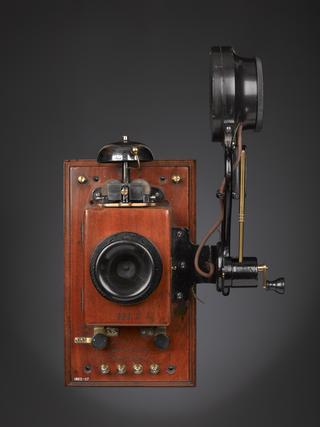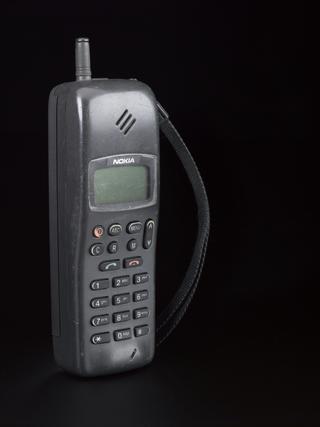Replica of Sömmerring's telegraph of 1809-12, made by the Science Museum Workshops, South Kensington, London, England, 1964
Replica of Sömmerring's telegraph of 1809-12, made by the Science Museum, South Kensington, 1964.
Samuel Thomas von Sömmerring was a German physician, anatomist and inventor. Although he is most famous for his works on anatomy, Sömmerring also conducted early experiments relating to telegraphy. He attempted to use gas bubbles in water as a signalling device. There was a wire for each letter of the alphabet, and the letters were indicated by the emergence of a stream of gas bubbles. It also had an alarm mechanism for getting the attention of the operator, which trapped the bubbles of gas emitted by the telegraph under a spoon-ended arm, which tilted and released a small stone 'marble', causing it to fall into a glass funnel and hit a lever which started a clockwork bell.











